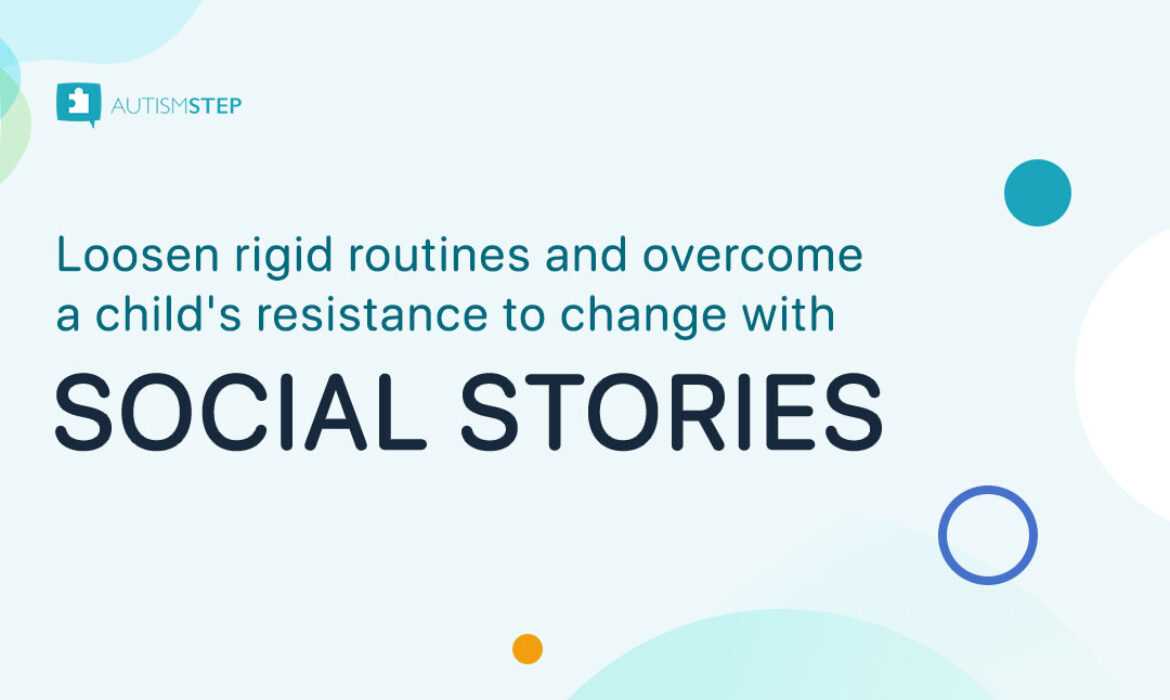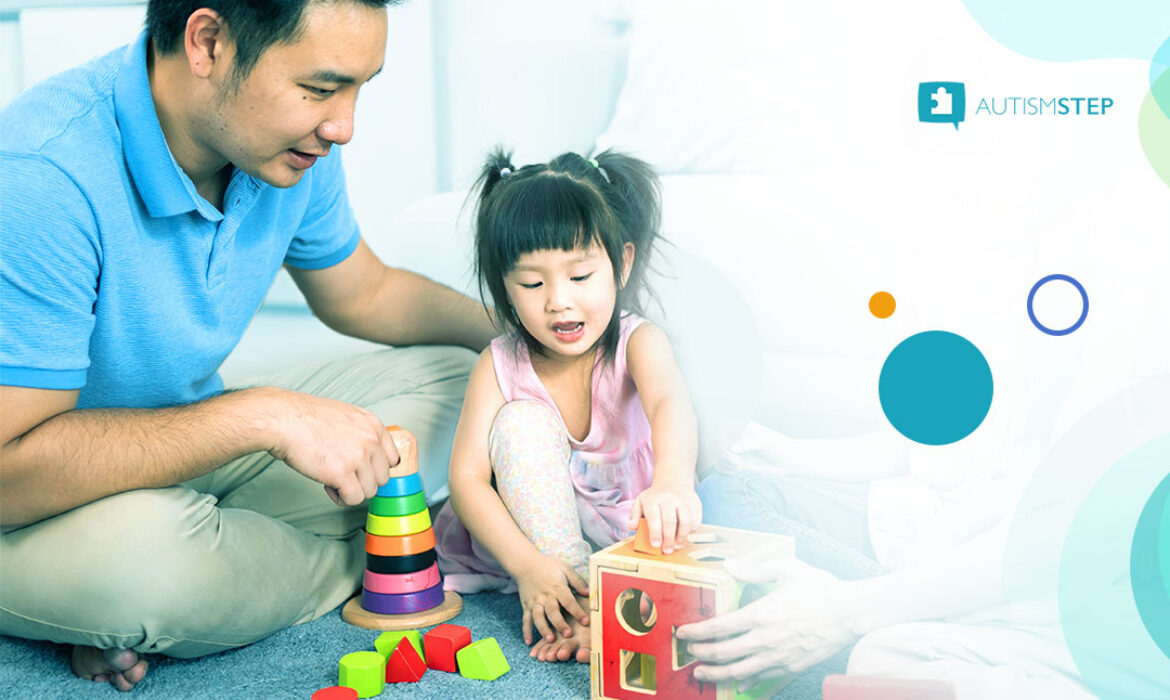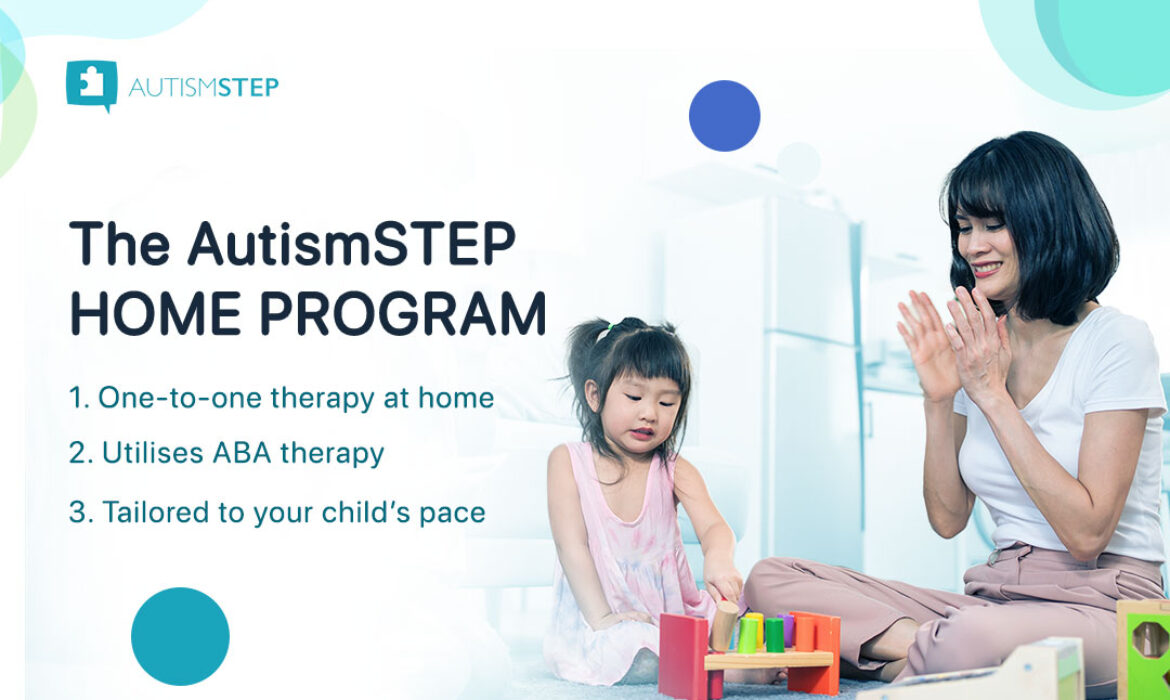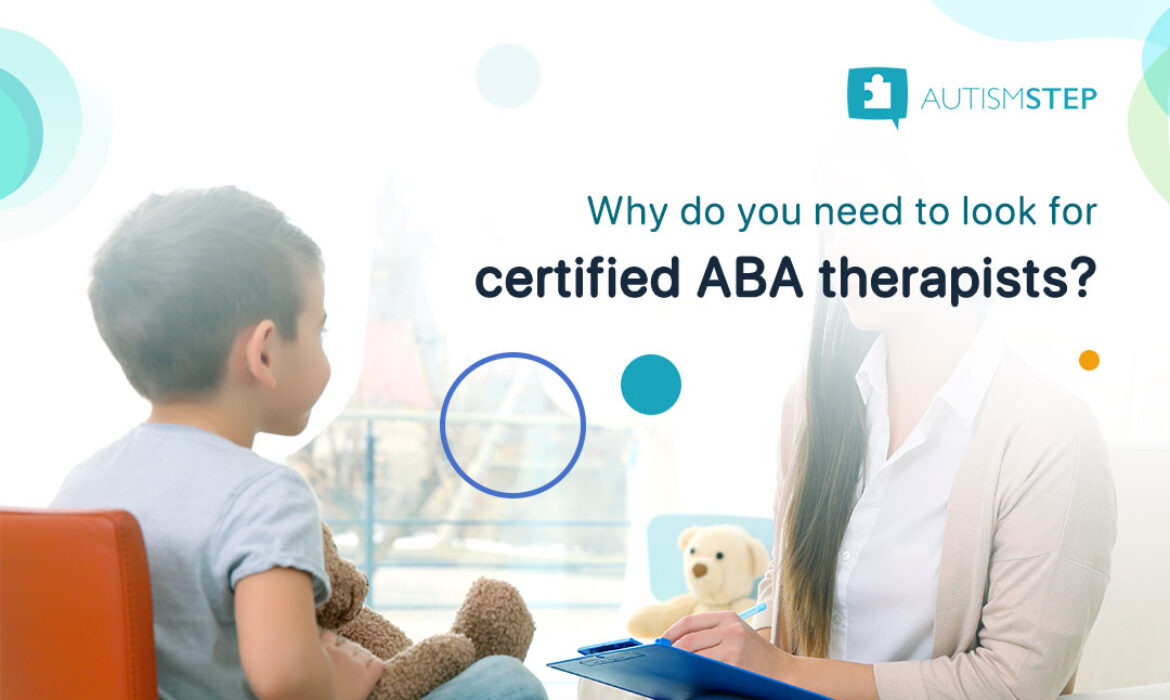Social Stories
Are you finding it difficult leaving the house with your child, convincing them to wear new clothes or cancelling activities?
Sometimes changes are unexpected and you don’t have time to plan ahead. But you and your child can still prepare for coping with sudden adjustments. Social stories explain social situations to children with autism and help them learn socially appropriate behaviour and responses. These stories are sometimes called social scripts, social narratives or story-based interventions.
Below is an example of a social story:

A social story can be created for almost any social situation, and it can also be used with other therapies such as ABA. They are used to present information in a literal, ‘concrete’ way, and improve a child’s understanding of a previously difficult or ambiguous situation or activity. They explicitly point out:
🧩 details about the setting
🧩 what typically happens in that setting
🧩 what actions or behaviour are expected from children in a particular setting.
🧩 what typically happens in that setting
🧩 what actions or behaviour are expected from children in a particular setting.
Check out how you can use social stories help your child behave in different social situations.
#AutismStep #autism #ASD #autismSG #autismsingapore #socialstories #ABA #therapy #autismawareness #autismsg #childwithautismsg #childrenwithautismsg #kidswithautismsg #autismtherapysg
4 Benefits of Home-Based Therapy
What’s good about HOME-BASED ABA THERAPY? 🤔
It is an ideal way to teach skills that can be used at home, including daily routines, potty training, feeding, getting dressed, and other self-care skills (brushing hair/teeth, bathing, washing face, etc.).
Therapy at home is also beneficial for…
👧improving sibling interactions
👦independent play skills
👧communication
👦and pre-academic skills
Get the help you need in encouraging your child to build the independence to move around comfortably in your home. Feel free to give us a call at +656456 9950, and we’ll help you get started today.
#autismstep #autismsg #childwithautismsg #childrenwithautismsg #kidswithautismsg #autismtherapysg
Success Story: Fayyadh’s Transformation
What makes our work so fullfilling? It’s seeing the positive change in each child entrusted in our care.💙
One of our success stories is Fayyad who, after having started with our home-based ABA Therapy at 3 years and 11 months, is now showing significant improvements in target behaviours, with regular sessions!
The great thing about in-home therapy is that it focuses on the skills that are important at home (e.g. morning routines, self-care, mealtimes, etc.). The process revolves around a customized treatment plan designed to meet each child’s needs and goals. By working on problematic behaviours and reinforcing positive ones on the homefront, we are also able to prepare them for more formal settings like school.
Learn how to bring help in the comforts of your own home, here https://www.autismstep.com/home-program/
#autismstep #autismsg #childwithautismsg #childrenwithautismsg #kidswithautismsg #autismtherapysg
Signs of Autism That Parents Should Look Out For
Is your child exhibiting certain behaviours that you’re worried about? It’s not a terminal illness but autism spectrum disorder (ASD) is among the most upsetting diagnoses, which no parent wants to hear pertaining to their child.
Some of the behavioural patterns may not be definitive signs of ASD, but what are the symptoms that should really be of concern to parents? We narrowed down the usual signs of autism to the more conclusive, so you can get the help your child needs as early as possible.
Milestones Matter: The typical development of a child in early years
Until you know the developmental milestones your child should have at a certain age, you can only suspect or even overlook behaviours that are out of the ordinary. Here are some reassuring signs that your child is developing skills that are expected in their early years:
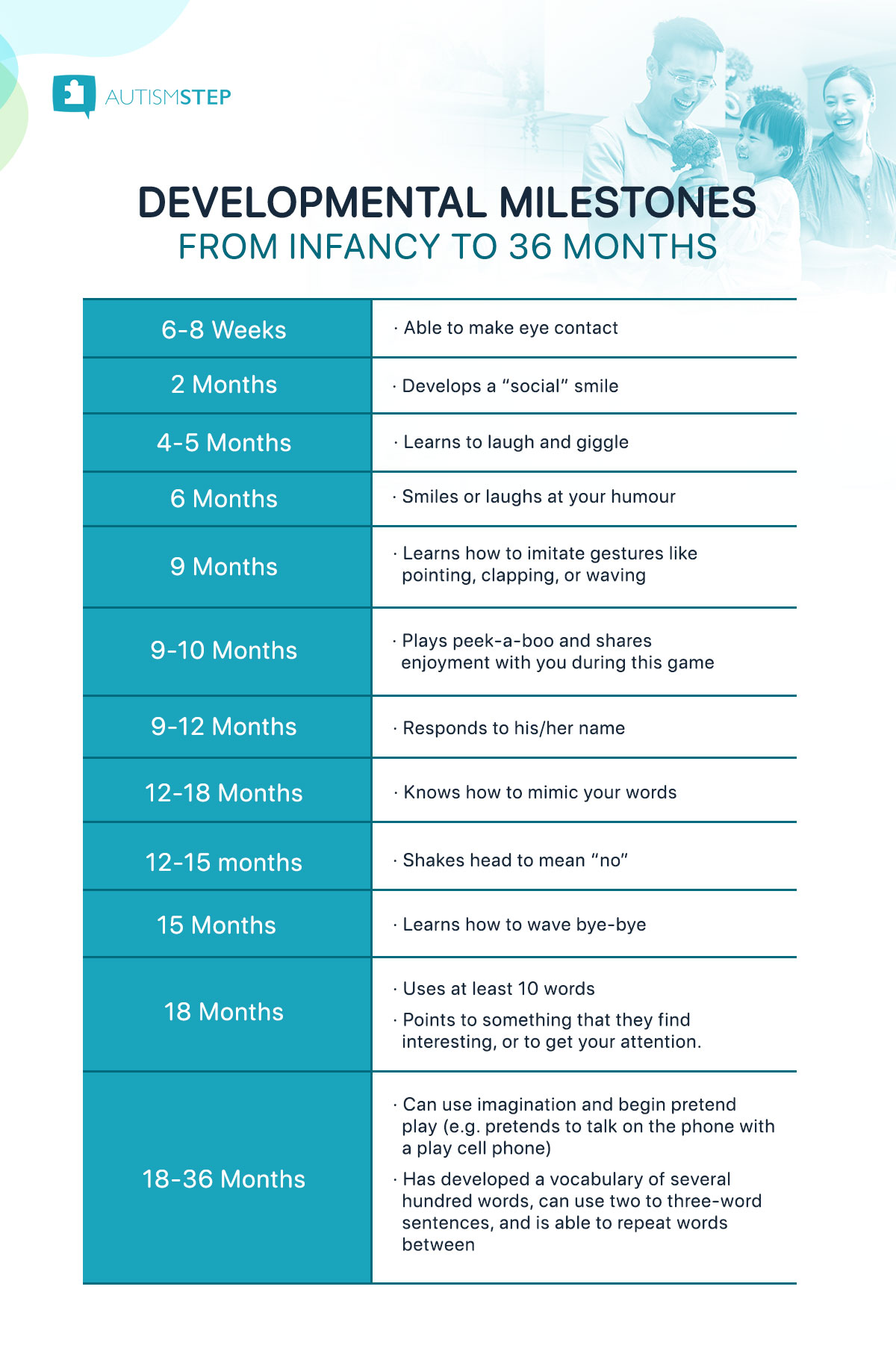
What is autism?
Autism is a complex, lifelong developmental condition that typically appears during early childhood. It can impact a child’s social skills, communication, behaviour, relationships, and self-regulation. It is defined by a set of behaviours exhibited in varying degrees, hence it is referred to as a “spectrum condition.”
Early signs of autism
In autism, the red flags are not always easy to spot. But knowing what to look for allows you to seek help as early as possible, exactly when it’s needed.
Parents are encouraged to act as soon as they notice any delay. In autism, every month that passes without treatment slows progress. It’s also proven that an early diagnosis can lead to a better quality of life.

Recognising the Signs of Autism in Social, Behavioural and Communication Skills of the Child
There are many ways to check for signs of autism. However, parents can only be limited to observing symptoms. It requires professional assessment and testing to reach a clinical diagnosis. Until then, your keen observations are crucial in bringing help to your child. As such, it’s important that you take note of anything that is out of the ordinary in the child’s social, behavioural, and communication skills. We detailed some of the symptoms of autism in the different aspects below.
Social differences in children with autism
Examples of social communication and social interaction characteristics related to autism spectrum disorder (ASD) include:
- Avoids or does not maintain eye contact
- Does not respond to name by 9 months of age
- Does not show facial expressions like happy, sad, angry, and surprised by 9 months of age
- Does not play simple interactive games like pat-a-cake by 12 months of age
- Uses few or no gestures by 12 months of age (e.g., does not wave goodbye)
- Does not share interests with others (e.g. an object that he or she likes) by 15 months of age
- Does not point or look at what you point to by 18 months of age
- Does not notice when others are hurt or sad by 24 months of age
- Does not pretend in play (e.g., does not pretend to “feed” a doll by 30 months of age)
- Shows little interest in peers
- Has trouble understanding other people’s feelings or talking about own feelings at 36 months of age or older
Behavioural differences in children with autism
Children with ASD may also behave in ways that seem unusual or they may have interests that aren’t typical, including:
- Repetitive behaviours like hand-flapping, rocking, jumping, or twirling
- Constant moving (pacing) and “hyper” behaviour
- Fixations on certain activities or objects
- Specific routines or rituals (and getting upset when a routine is changed, even slightly)
- Extreme sensitivity to touch, light, and sound
- Not taking part in “make-believe” play or imitating others’ behaviours
- Fussy eating habits
- Lack of coordination/clumsiness
- Impulsiveness (acting without thinking)
- Aggressive behaviour, both with self and others
- Short attention span
Communication differences in children with autism
Some children with ASD start to talk later than usual. But about 40% of kids in the spectrum don’t talk at all. Between 25% to 30% develop some language skills during infancy, but then lose it later.
Some warning signs in your child’s communications skills include:
- Delayed speech and language skills
- Flat, robotic speaking voice, or singsong voice
- Echolalia (repeating the same phrase over and over)
- Problems with pronouns (saying “you” instead of “I,” for example)
- Doesn’t use or rarely uses common gestures (pointing or waving), and doesn’t respond to them
- Inability to stay on topic when talking or answering questions
- Unable to recognise sarcasm or jokes
- Trouble expressing needs and emotions
- Not getting signals from body language, tone of voice, and expressions
What is ABA Therapy?
Psychology Today defines Applied Behavioural Analysis (ABA) as “a type of therapy that focuses on improving specific behaviours, such as social skills, communication, reading, and academics as well as adaptive learning skills, such as fine motor dexterity, hygiene, grooming, domestic capabilities, punctuality, and job competence.”
ABA is the most researched-on method used for Autism Spectrum Disorder. It has also proven to be highly successful. The ABA approach identifies problems in your child’s behaviours, corrects or addresses any detected issues, and teaches new skills.
Read: 15 of Your Most Frequently Asked Questions on Autism & ABA Therapy, Answered!
How Can ABA Help Improve the Signs of Autism
While there’s no cure for autism, it’s still possible to improve the symptoms associated with it. Through ABA, therapists can foster growth and progress that help children to integrate into mainstream learning. It uses evidence-based treatments that are customised to accommodate the learning difficulties that children in the spectrum struggle with.
In ABA, larger skills are broken down into small manageable steps that are mastered through reinforcement. To foster behavioural change and skills development, different components of ABA such as Task Analysis, Chaining, Prompting, Fading and Rewarding are used during sessions. You can read more about how each component is used and is beneficial, here.
Read: 5 Common Components of Applied Behavioural Analysis for Children with ASD
In ABA, the primary method for assessing behaviour change is through repeated data collection. Therapists use this information to monitor the child’s progress and to determine actionable behavioural support strategies. This means that ABA is always guided by parameters that will benchmark the effectiveness of the program.
So, if your child doesn’t meet developmental milestones for his/her age, have them assessed by their paediatrician as soon as possible. Or you can try our Pre-Assessment Test, here. It’s not a substitute for a medical diagnosis, but it can help measure your child’s developmental progress.
Why Choose AutismStep?
At AutismStep we use home-based ABA Therapy to help children in the spectrum unlock their social, behavioural and verbal potential. Learning in their natural environment puts them in a better position to master skills that are important for their daily activities. This groundwork will prepare them for mainstreaming.
Leading your child’s progress are our RBT and BCBA therapists who will conduct sessions that are tailored to your child’s pace. For reference, you can check the feedback from our previous client’s, here.
Through home-based one-on-one sessions, we can easily get you more involved in the process and progress. It will help you to better understand your child’s behaviour, struggles and needs.
If you wish to improve the symptoms of autism that are holding back your child from progressing, you may call us today at +65 6456 9950 for an assessment. Together, let’s set them off on a journey of self discovery.
What is Developmental Screening?
When you’re concerned about certain delays in your child, a developmental screening comes first. It takes a closer look at how your little one is developing through tests, formal questionnaires, and checklists that are based on research.🔎
The questions are designed to look into the child’s development, language, movement, thinking, behaviour, and emotions. It’s usually conducted by a doctor, a nurse, and other qualified professionals in the healthcare, community, or school settings.
A good assessment not only provides a better understanding of your child’s strengths and needs, but also answers the key question – what’s next? That means, it should point to suitable interventions.👌
If you think you’re child is displaying symptoms which suggest that he/she may fall under the spectrum, it’s important that screening is done as soon as possible. The sooner that help is given, the better they can overcome the challenges present in autism. Read all about diagnostic screening in our blog >> https://www.autismstep.com/autism-consultation/.
#AutismSTEP #ABATherapy #ABA #ABASingapore #autism #ASD #kidswithautismsg #autismsg
Children with Autism: Learning at Their Own Pace
Children with autism will always learn and accomplish positive things at their own pace. They are entitled to do as such in their own time, and that’s just the way it is.
Where they are now is not where they may be tomorrow, in the next week, or a few years from now, especially when they get the help they need. All the milestones and other such expectations may have to become irrelevant. Alternative and adjusted expectations will have to be formed and take their place.
You are dealing with neurological differences which may mean that their developmental age does not match their chronological one. For parents and other family members, these can pose certain challenges. But, remember to hold on and push through to the best that you can. You are not alone.
#AutismSTEP #ABATherapy #ABA #ABASingapore #autism #ASD #kidswithautismsg #autismsg #autismacceptance
Why Home Based ABA Therapy?
At AutismSTEP we want to help your child learn skills and overcome unique challenges right in the comfort of your own home!🏠
Our registered behavioural therapist comes right to your door, eliminating the possible struggles you might have if you had to transition from home to a new environment.
If you are seeking home-based ABA therapy, we’d be happy to talk to you about what will be the best fit for you and your child’s needs. Send us a message here >> https://www.autismstep.com/contact or call us at +656456 9950.💙
#AutismSTEP #ABATherapy #ABA #ABASingapore #autism #ASD #kidswithautismsg #autismsg
In-Home Therapy Program for Your Child
Our Home Program offers your child progress in the comfort of your space. But besides convenience, it also offers a lot of benefits that may agree with the goals you set for your child.👩👧
For parents who wish to see progress in their child who is in the spectrum, we encourage that you make a move now. Get them the help they need as soon as possible. Fortunately, you can start that transformation at home, and our team can bring that help to you!
Call us today at +656456 9950 to learn more!📲
#AutismSTEP #ABATherapy #ABA #ABASingapore #autism #ASD #kidswithautismsg #autismsg
AutismSTEP: Team of Trained and Certified ABA Therapists
ABA is a safe, highly beneficial therapy. But if a therapist is not properly trained or attuned to the child, the therapist could inadvertently make target behaviours worse or lead to the creation of new problem behaviours.😔
At AutismSTEP, we are a team of trained and certified ABA therapists that have gone through a careful selection process. Every single one of our therapists and case managers have RBT certification. Our behavioural consultants are made of up BCBAs and BCABAs that supervise every session.
It’s a promise that we put your child’s needs front and center, and that’s why we make sure that they’re placed in the hands of capable individuals as we aim towards progress. 🧩
Call us today at +656456 9950 for more details!📲
#AutismSTEP #ABATherapy #ABA #ABASingapore #autism #ASD #kidswithautismsg #autismsg #abatherapists
15 Of Your Most Frequently Asked Questions on Autism & ABA Therapy, Answered!
Autism Spectrum Disorder
1. What is Autism Spectrum Disorder?
Autism is derived from the Greek word ‘autos’ or ‘self’ which refers to someone who ‘lives in a world of his own’. Autism spectrum disorder (ASD) refers to a broad range of neurodevelopmental conditions that affect a person’s ability to make sense of the world and relate to other people.

The Diagnostic and Statistical Manual of Mental Disorders (DSM), Fifth Edition, refers to ASD as a single condition with different levels of severity. It’s also associated with other conditions such as anxiety, aggression, attention deficit hyperactivity disorder and obsessive-compulsive disorder.
ASD is characterised by persistent deficits in social communication and interaction. It’s also linked to restricted and repetitive patterns of behaviour and interests that manifest during the early developmental stages of a child’s life.
The Centre for Disease Control and Prevention states that generally 1 in 68 children have been identified to be in the spectrum. In Singapore, 1 in 150 children has autism, which is a higher rate than the World Health Organisation’s global figure of 1 in 160 children. Fortunately, early detection and early intervention programmes improve functional outcomes.
2. What are the early signs of ASD?
It’s true that children grow and develop at different rates. But, it’s equally important to know the developmental milestones for each age and stage of a child’s development. Parents should be keen to observe if their children are reaching their milestones.
Red flags may seem hard to spot to an untrained eye, but there are some early signs that may indicate ASD. Generally these include, but are not limited to the following:

If ASD is suspected, refer the child to his/her paediatrician or to appropriate specialist centres as soon as possible.
ASD Diagnosis
3. What is developmental screening?
When you’re concerned about certain delays in your child, a developmental screening comes first. It takes a closer look at how your little one is developing through tests, formal questionnaires, and checklists that are based on research.
The questions are designed to look into the child’s development, language, movement, thinking, behaviour, and emotions. It’s usually conducted by a doctor, a nurse, and other qualified professionals in the healthcare, community, or school settings.
A good assessment not only provides a better understanding of your child’s strengths and needs, but also answers the key question – what’s next? That means, it should point to suitable interventions.

4. When is a developmental screening necessary?
Developmental screening is the best pathway to identifying children who may have ASD because it takes a closer look at how your child is developing. It’s a regular part of some of the well-child visits for all children even if there is no known concern. In fact, the American Academy of Pediatrics (AAP) recommends developmental and behavioural screening for all children during regular well-child visits at 9, 18, and 39 months. In addition, AAP recommends that all children be screened specifically for ASD during regular well-child doctor visits at 18 months and 24 months.
Additional screening might be needed if a child is
- at high risk for ASD (e.g., having a sister, brother or other family member with an ASD)
- exhibiting behaviours that are sometimes associated with ASD
- at higher risk for developmental problems due to preterm birth, low birthweight, environmental risks like lead exposure, or other factors
- existing long-lasting health problems or a diagnosed condition, the child should have developmental monitoring and screening in all areas of development, just like those without special healthcare needs.
If your child’s healthcare provider doesn’t periodically check your child with a developmental screening test, you can ask that it be done.
5. What to expect in a developmental screening?
It is important to understand that developmental screening isn’t simply administering a test. There’s no such thing as an ASD test or an ADHD test to label your child’s developmental challenges. Rather, experts triangulate the evidence gathered to make an accurate assessment and diagnosis. That involves differentiating and ruling out other possible causes that may show symptoms that mimic these conditions.
The assessment tools will be customised for each child after an initial consultation. Typically, it can take more than two to three sessions, and it’s usually more than an hour long. At AutismSTEP, we use well-established standardised assessment tools that will help us gather information about your child’s views and perspectives.
Read: Autism Consultation Explained: What You Need To Learn About Screening and More
6. Are there any potential barriers to standardised testing in children with ASD?
Yes, there are certain impediments that may affect standardised testing especially with kids who have developmental delays. We’ve specified them in the table below.

Interventions for Children with ASD
7. Can autism be cured?
There may be no cure for autism, but early diagnosis and treatment can reduce its severity. However, addressing the needs of a child who is in the spectrum takes no cookie-cutter approach. An individualised treatment plan is necessary to meet their unique characteristics and challenges.
Here are some common interventions that can promote progress among children who are in the spectrum:
- Applied Behavioural Analysis (ABA)
- Speech and Language Therapy
- Music Therapy
- Cognitive Behavioural Therapy (CBT)
- Occupational Therapy
Read more about these interventions in our blog here: 6 Common Autism Treatment Options Available in Singapore
ABA Therapy
At AutismSTEP Singapore, we primarily use ABA therapy for our Home Programs. We believe that the principles behind it can help us assist children in overcoming challenges.
8. What is ABA Therapy?
ABA is a scientific approach to understanding behaviour. It’s a type of therapy that helps reinforce desired behaviours and discourage unwanted ones.
The term behaviour refers to their skills and actions that are needed to talk, play, and live. The goal of ABA is to establish and enhance socially important behaviours to improve the child’s quality of life. It can help increase focus and attention, improve on-seat behaviours, and also reduce obsessions and rigidity.
9. How is ABA Therapy Beneficial for Children with ASD?
ABA Therapy is an internationally recommended treatment for Autism Spectrum Disorder and is also recognised by the Singapore Ministry of Health. It offers several advantages for children with ASD, and it includes the following:
- It’s an evidence-based treatment.
- ABA teaches kids early functional skills.
- It helps the child to communicate verbally.
- It helps children establish friendships.
- It helps foster independence.
- ABA decreases behavioural problems.
- It helps overcome difficult obstacles.
- It prepares kids for school and “real-world” experiences.
- It helps the child to be the best version of themselves.
- It teaches parents how to help children with disabilities.
ABA is an umbrella term for a collection of procedures or interventions, each of which has been demonstrated to be effective in reducing unwanted behaviour and teaching new skills. Some of the common components used are briefly described in the table below.

Read: 5 Components of Applied Behaviour Analysis for Children with ASD
10. Is there an age limit for ABA Therapy?
ABA Therapy is helpful across both the autism spectrum and the lifespan. ABA works with people of all ages, but it is best to start as early as possible.
Most children are between ages 2 to 6 years old when they begin ABA treatment. When they start early, ABA can help foster better communication skills, improve their ability to follow directions, and obey simple commands. For older children and even adolescents, ABA can be integrated into their education to teach adaptive skills. Doing so will help them meet the standard of personal independence that is expected at that age.
11. What can be expected in an ABA Therapy session?
Therapy sessions range anywhere from 1.5-3 hours in length. The length of these sessions vary from one child to another. It is carefully and compassionately designed so that your child’s time is used in an appropriate and effective manner. Sessions are programmed in a way that it also respects the child’s time and well-being.
The behavioural therapist will build rapport and to conduct a preference assessment (to determine what the child enjoys playing). This helps your child make positive associations with their therapist, and it will also motivate them to participate.
Visuals are also critical components in each session because these can be used as prompts so the child will know what is happening and what is expected of him/her. Our therapists always come in prepared with their selection of materials (toys, life skill items, etc.) that will be used during the session.
Our home sessions might include, but are not limited to, the following activities:
- Play time
- Eating programme
- Language development
- Cognitive skills
- Visuo spatial skills
- Social skills
- Self-help skills
- Activities of daily living
- Potty training
- Fine motor activities
- Gross motor activities
You can best expect that each ABA program is customized for each child to target specific skill deficits. Everything that is taught during these sessions will be recorded. The decision to move to the next skill or activity is based on the data we’ve recorded which will reflect the child’s progress.
Read: 4 Types of ABA Therapy Sessions
12. How does ABA teach new skills and how is it different from other methods of instruction?
ABA therapy uses the principles of behaviour to teach skills.
In this method, each skill is broken down into component parts and each part is systematically taught with a prompting process and reinforcement plan. These skills are arranged in a way that the successful completion of one will lay the foundation for the next skill in the series. This is what sets ABA apart from other teaching methods. It is systematic, time-bounded, and it uses reinforcements if a child is unable to respond within a specified amount of time.
13. Is there parent involvement in ABA therapy?
The answer may vary for each provider, but with AutismSTEP, we highlight the importance of parent involvement for the success of our therapies. We provide opportunities for the parents to observe, and even share tools or teach hands-on strategies which they can use in their own time. We don’t operate in silos. Rather, we want parents to be our partners in this journey. Since they know the child better, we want them to have a voice in goal-setting and be fully aware of what’s going on during therapy.
14. Is ABA used to remove certain behaviours?
ABA strategies like behaviour modification and positive reinforcement can be used to decrease challenging behaviours in children with ASD. These include aggressive or self-injurious behaviours. We will try to get to the root of the problem so we can introduce positive behavioural interventions and support strategies when they face certain triggers.
Read: 9 Ways ABA Therapy Techniques Can Help Manage Your Child’s Tantrums
15. What should you look for in an Autism Therapist for your child’s ABA sessions?
An ABA program is often as good as the therapist implementing it. Therefore, it pays to know what the necessary qualifications are in a good ABA Therapist. The following criteria should be a good start:
- Previous Experience. Being an effective therapist has to do with one’s level of experience. You can always ask the centre about the therapist’s training background.
- Personality. While the right educational background is essential, it’s also important for the therapist to be fun, engaging, and able to take initiative while also following directions. A therapist without a dynamic personality may find it difficult getting through a 2-year-old child who learns through a play-based program.
- Certification. It pays to have a Registered Behaviour Technician (RBT). RBTs assist in areas such as delivering direct behaviour-analytic services, aiding in implementing behaviour plans which are developed by the BCBA or BCaBA, and collecting data.
- Your Gut Feel. You’re entitled to a trial period where you get to see how the therapist is interacting with your child. Make sure that you set clear expectations, and if you’re not comfortable it’s better to move on. Remember that you’ll be entrusting your child for several hours to this therapist, hence it’s worth getting it right.
Read: What You Need to Look For in An Autism Therapist in Singapore
We hope that we were able to help you with your concerns. If you think we missed some important questions, you may drop them all HERE, or call us directly at +65 6456 9950 for a consultation.


